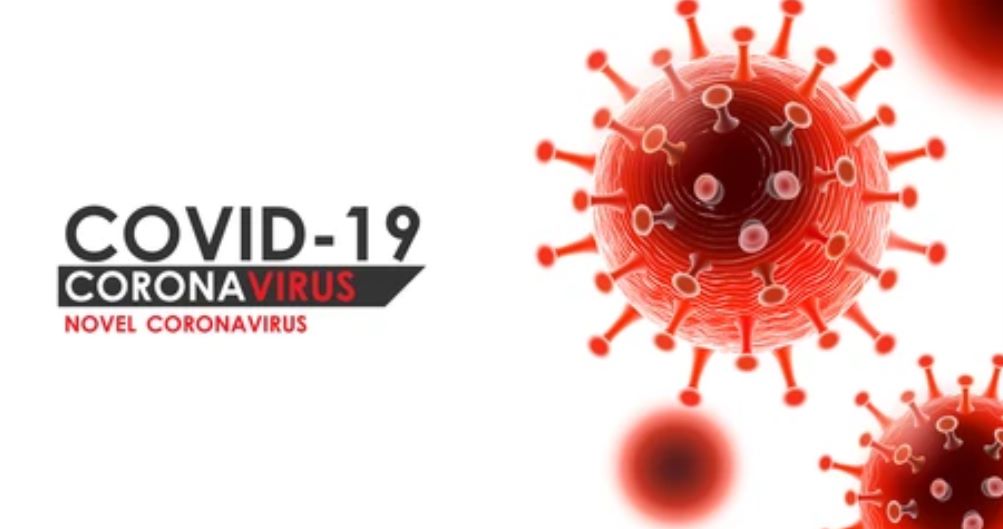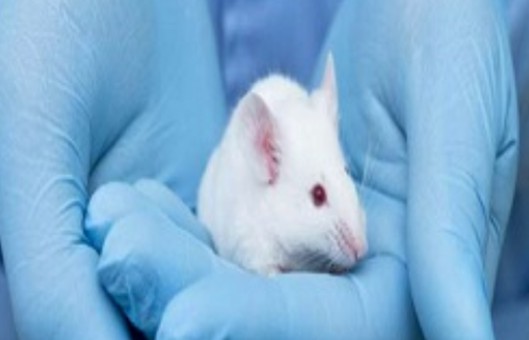Animal Models for COVID-19
Frontiers in Immunology. 2023 Aug 11; 14: 1223260.
Authors: Corleis B, Bastian M, Hoffmann D, Beer M, Dorhoi A
INTRODUCTION
Respiratory infections cause tremendous morbidity and mortality worldwide. Amongst these diseases, coronavirus disease 2019 (COVID-19) represents the 21st-century pandemic event and was declared a global emergency by the WHO in 2020. It is caused by the severe acute respiratory syndrome coronavirus type 2 (SARS-CoV-2).

Animal models are essential for understanding disease pathophysiology in its complexity. Pinning down coordinated immune processes as well as the continuous host reaction to pathogen assault can only be achieved by investigating the infected host. Although controlled human infection models and human challenge trials have been advanced for COVID-19, and studying infection in natural hosts in most circumstances is feasible for livestock, disease pathogenesis is studied in great detail in surrogate animals in experimental animal models. In such controlled settings pathogen entry, replication and transmission, immune responses, and pathology are elucidated unambiguously. Importantly, causality can be established in animal models and thereby such experimental approaches are instrumental for devising measures limiting pathogen transmission and for developing vaccines and therapies.
Murine Models for COVID-19
- Two major approaches have been pursued to amend the murine model for COVID-19 study: genetic engineering of mice for expression of the human ACE2 (hACE2) receptor protein, and adaptation of SARS-CoV-2 to enter murine cells via endogenously expressed receptors.
- The most commonly used K18-hACE2 model, where hACE2 is expressed under the control of the human keratin 18 promotor, in addition to the murine ACE2, appears to be the most susceptible COVID-19 model reported to date using human SARS-CoV-2 isolates. This model has contributed to the clarification of disease pathophysiology.
- Another approach that allows the use of standard laboratory mice and, more importantly, genetically modified mice, is to adapt SARS-CoV-2 to the mouse. These viral strains are therefore particularly suitable for studies in specific KO mouse lines. Thus, the age and sex dependency of human disease severity could be shown with an adapted ancestral SARS-CoV-2 strain. However, such adaptations must be carried out separately for different virus variants which do not naturally infect mice and thus are disadvantageous due to the extensive time required for adaptation.
Rat Models for COVID-19
The rat is the animal species of choice in the pharmaceutical industry for pharmacokinetic and toxicological studies. Wistar rats are also generally employed in immunization studies given their broad availability, easy handling, defined physiology, and potential to obtain larger samples compared to mice. They are infectible by selected SARS-CoV-2 variants, such as B.1.1.7, but have not been used as a model for COVID-19. Instead, Wistar rats have been essential for investigating the pharmacokinetics of the lipid nanoparticles used to formulate COVID-19 mRNA vaccines [EPAR-Comirnaty]. A limitation of vaccine studies in this model is the insufficient knowledge about SARS-CoV-2-induced pathology and the lack of appropriate immunological tools to monitor immune responses (e.g. T-cell responses) after vaccination and challenge.
Hamster Models for COVID-19
Hamsters, including the golden Syrian hamster (Mesocricetus auratus). They are naturally highly susceptible to SARS-CoV-2 infection. Experimental intranasal inoculation with SARS-CoV-2 results in a transient, self-limiting, epitheliotropic infection of the lungs with almost complete elimination of the virus within two weeks. Certain dwarf hamsters (e.g. the Roborovski dwarf hamster) are even more susceptible and usually die or have to be euthanized after the SARS-CoV-2 challenge. In the Syrian hamster, SARS-CoV-2 infection is restricted to sites containing both ACE2 receptor protein and TMPRSS2 protease. Interestingly, the infectious dose 50 for Syrian hamsters is defined to be only five infectious particles, making the hamster a sensitive model for SARS-CoV-2 infectivity assessment.
Non-Human Primates in COVID-19
The ACE2 receptor for SARS-CoV-2 in NHP is identical to hACE2, which is an advantage over other mammalian models. Pathogenesis, vaccine, and therapeutic studies have been primarily performed in RM, CM, and AGM almost simultaneously and immediately after the start of the pandemic. In general, experimental infection resembles mild and/or moderate COVID-19 in humans. It reflects a mild to moderate disease course including lung pathology, viral replication in the upper respiratory tract, vascular involvement including thrombosis, and more severe clinical symptoms in aged NHP. A direct comparison of RM and CM after the SARS-CoV-2 challenge has demonstrated that both models are comparable in the clinical course of infection, viral replication, as well as humoral and cellular immune response.
Creative Bioarray Relevant Recommendations
- Creative Bioarray offers you several animal models, to help you with pathogenesis studies, the development of vaccines, and evaluating therapeutics for COVID-19. All animal testing associated with COVID-19 research will be performed in the Biosafety Level 3 (BSL3) facility.
- We also have established multiple animal disease models including cardiovascular disease models, chronic liver disease models, metabolic disease models, neurological disease models, oncology models, etc. We provide validated and custom in vivo disease modeling and services. Our comprehensive animal-based disease models of different organ systems allow our clients to choose the most appropriate models to test promising compounds and optimize lead candidates.
RELATED PRODUCTS & SERVICES
Reference
- Corleis B, et al. (2023). "Animal models for COVID-19 and tuberculosis." Front Immunol. 14, 1223260.
